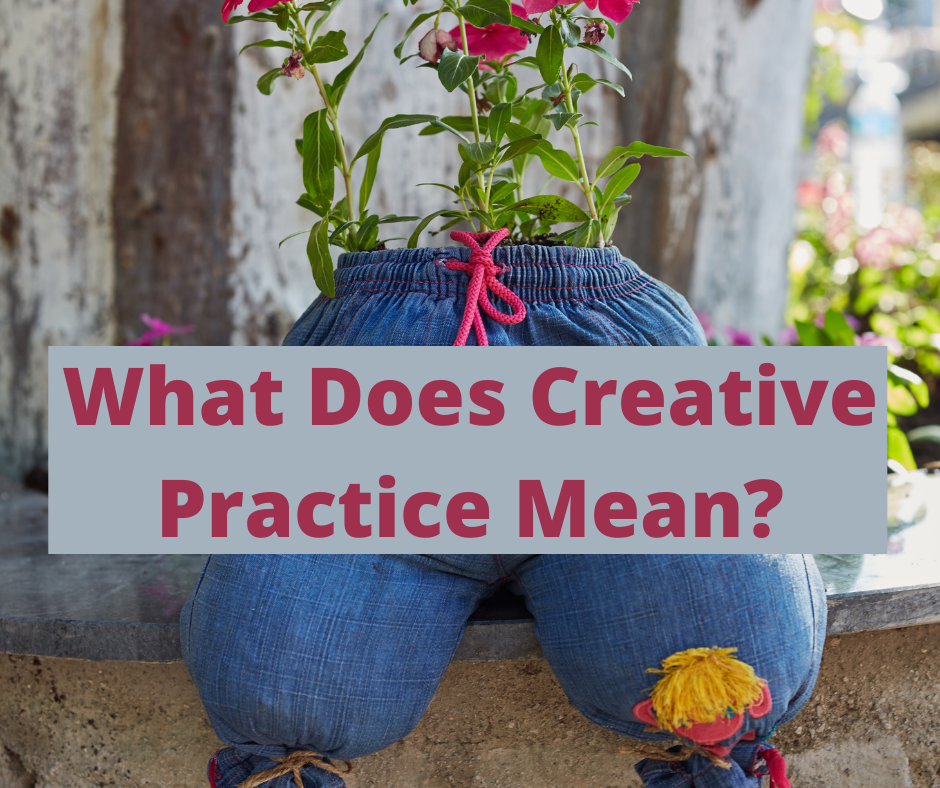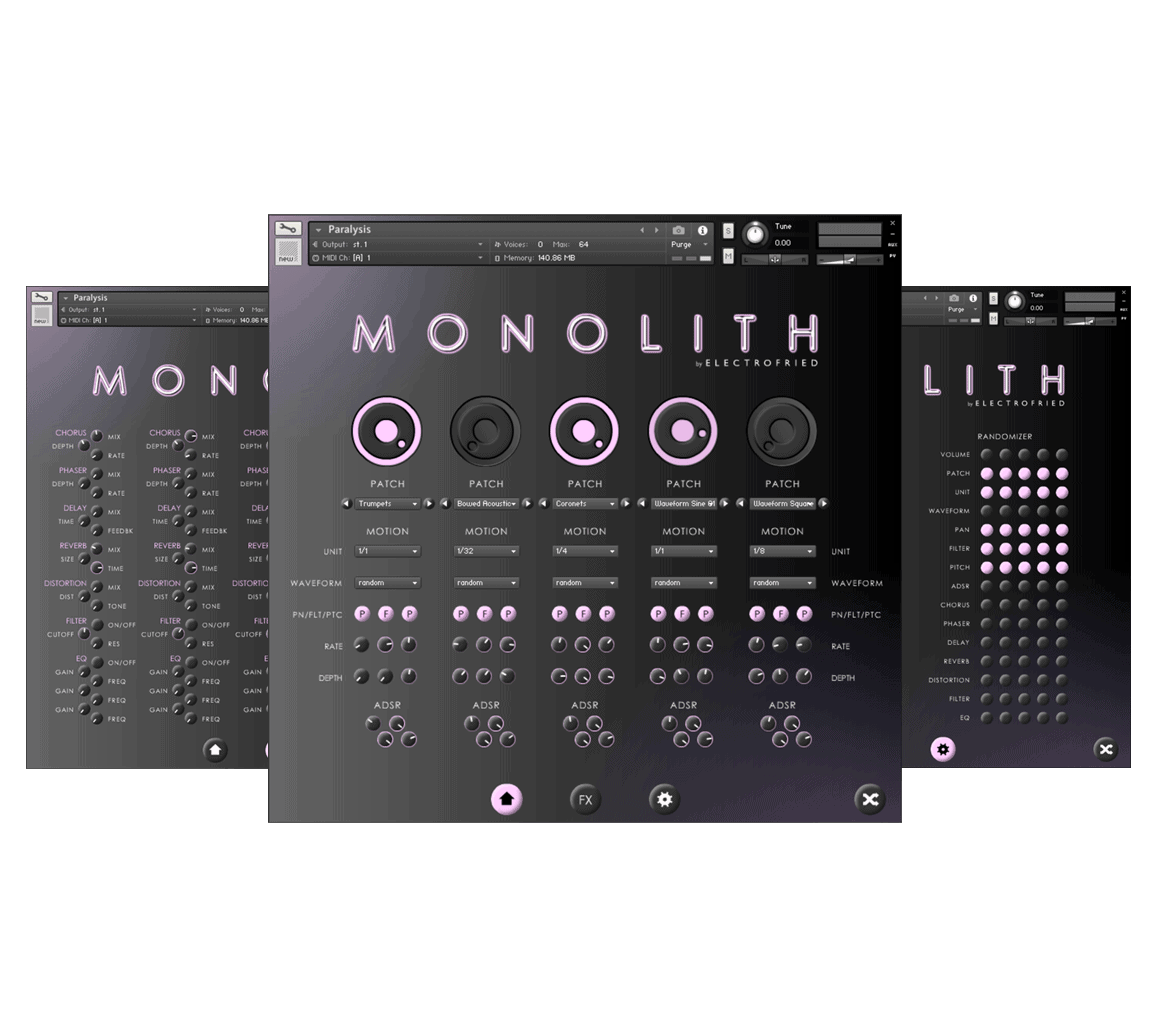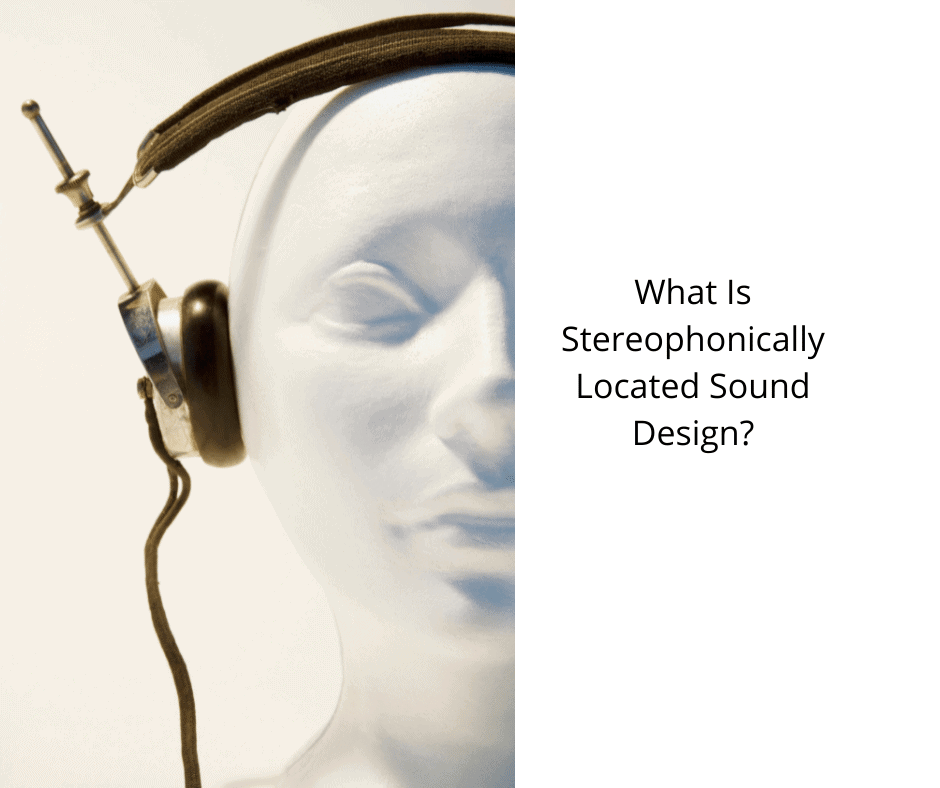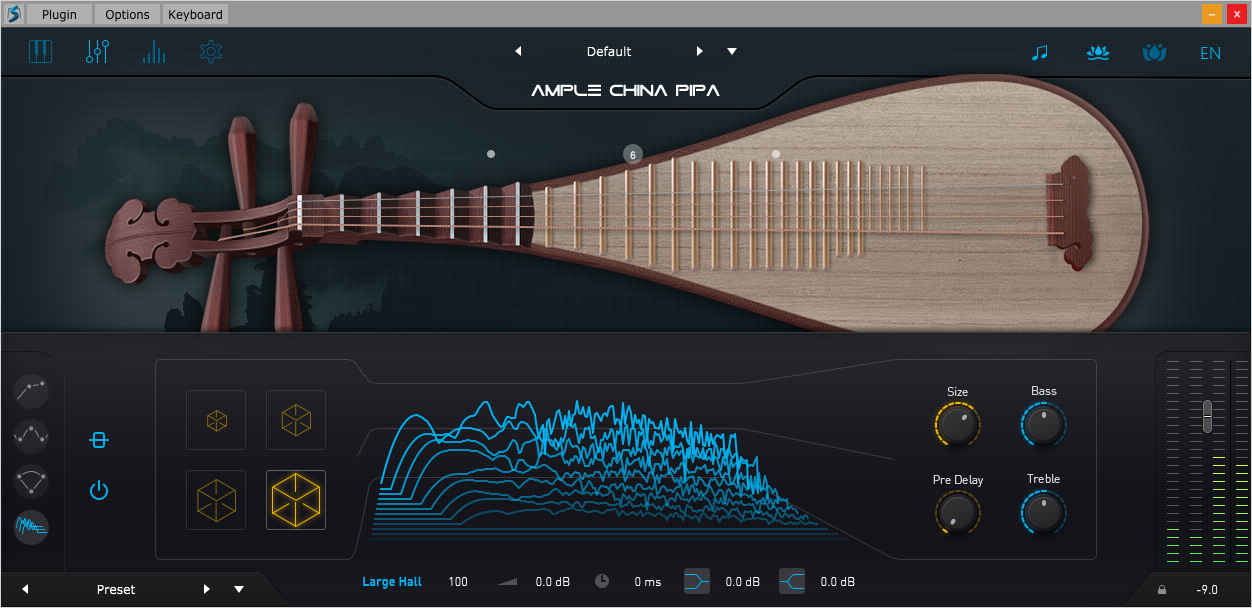Creative practice is really when you devote time to the creative process. It could be anything from drawing, cooking, or making crafts.
You can also do it in smaller increments, like when you try your best to come up with different ideas for a project at work. Creative practice is essentially just spending time doing something creative without any pressure.

Creativity is learned by anyone willing to put in the time and effort into developing their creativity. The following are some ways that people who want to be more creative can train themselves to gain that creativity:
- Developing this creative practice has been an invaluable reminder of one core technique that I believe applies to everything: if you love something, give your full sustained attention to it, and it will reward you in ways unimaginable.
- Take time for yourself each day to do something you love. This could be painting, writing, cooking, etc. When we take the time for ourselves, it allows us to recharge and come back with fresh ideas.
- Draw inspiration from the things around you. Whether it is nature or a beautiful painting, looking at inspiring things can help jump-start our own creative juices.
- Be open to new experiences and ideas. If we are always closed off to new possibilities, then we will never grow as individuals or as professionals. It is important that we keep an open mind so that we can explore different options and avenues creatively.
- Don’t be afraid to try new things! This is probably the most important thing to remember. We will never know what we are capable of if we don’t try something new.
- Let go of perfectionism and embrace mistakes. This goes hand in hand with trying new things – it’s okay if things don’t turn out the way we want them to the first time around because we can learn from our mistakes.
- Surround yourself with creative people. It is always helpful to be around like-minded individuals who can understand and share in your creative passion.
- Set aside time each week to work on personal projects unrelated to your job or professional goals. This could be anything from painting a picture, writing a story, or even just doodling for 30 minutes each day. Forcing ourselves to practice creative activities and do them on a regular basis is the best way for our creativity to flourish!
Creativity has no bounds, and it doesn’t care who you are or how old you are – anyone can be creative as long as they put in the time and effort into developing such an important skill.
So take some time out of your busy schedule each week to pursue that one hobby that makes you happy – we all deserve happiness after all.
It’s easy to think about yourself last sometimes but making these small sacrifices now can make us happier overall in the future because we will have balanced ourselves properly with work and personal pursuits.










